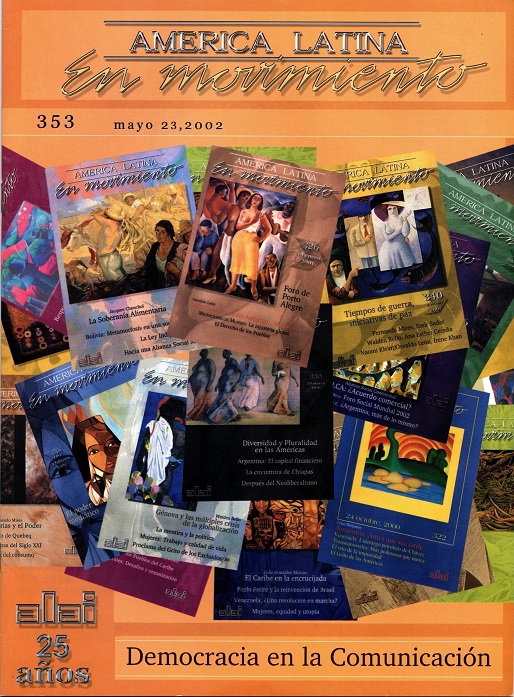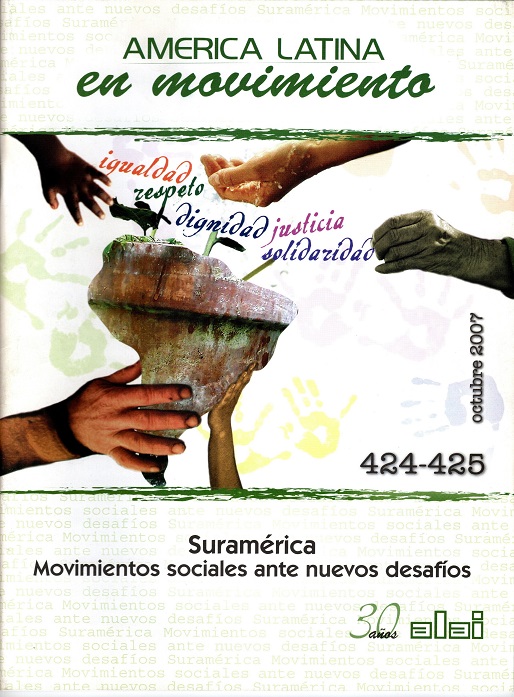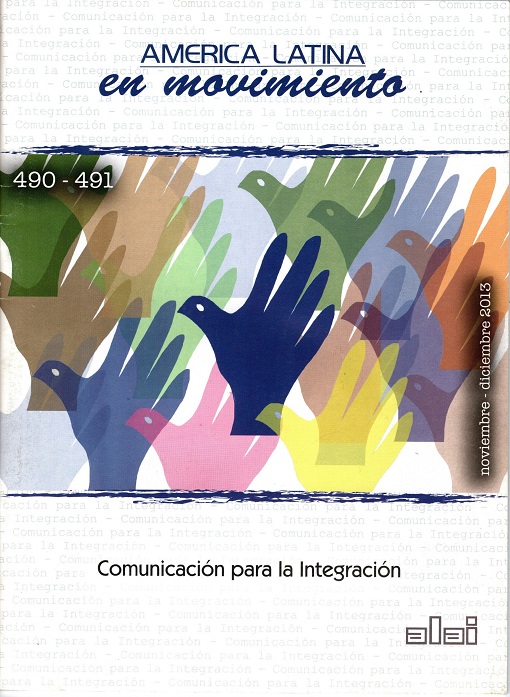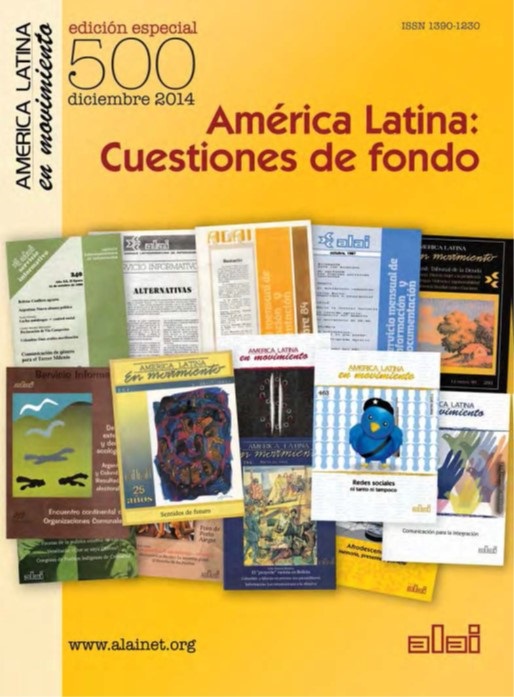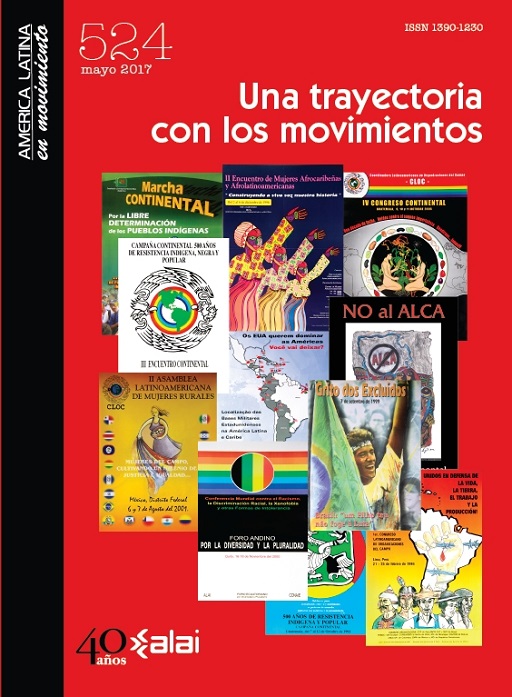The big three crisis: which way forward - bailout, bankruptcy or workers control?
- Opinión
The current crisis surrounding the future of the Big Three U.S. auto manufacturers has focused on the single question – Federal bailout loans or bankruptcy. All the media have been examining this question from those two angles. The recent spectacle of the top Big Three executives (with the UAW national leadership tagging along) being grilled and all but humiliated on Capitol Hill hearings also revolved solely on this question.
It currently appears that Washington politicians with the backing of Wall Street are opposed to any sharing of the bank bailout money with the Big Three – through loans or otherwise. Why is this? To listen to the politicians talk and the regimented media chorus line, they are opposed to the big bonuses of the CEO’s and other top bosses of the auto companies. Plenty of attention has been given to this factor. The other issue appears to be “letting the market take its course.”
None of this can be taken for good coin. These are the very same politicians, who only weeks ago, willingly opened the Treasury vaults to the worst, most overpaid, corrupt and crooked bankers, mortgage and insurance companies. The very same big executives who precipitated the current economic collapse got unlimited funds. You can be sure that these big shots aren’t going to accept minimum wage or a cut to their million dollar bonuses.
So why now attack this single group of business leaders? The reason is that Wall Street and a significant section of the U.S. ruling class wants to destroy the United Autoworkers union. The Big Three executives have no love for the union. In fact they have been pushing and shoving for decades, since the late 1970’s, getting more and more concessions from the UAW workers. Wage cuts, job cuts, plant closings, increased productivity, benefit cuts have been relentlessly pushed onto these hardworking union members. But the Big Three bosses also have a healthy respect for the power that the autoworkers and their union possess – even if the union hasn’t unleashed that power in recent times.
The rest of the ruling class, however, clearly wants to force the Big Three corporations into bankruptcy proceedings where, they assume, the court will allow the abrogation of the UAW contracts. Pension funds could be looted and pensions unloaded on an already strained Federal pension “guarantee” program (which covers only a percentage of a workers’ pension and doesn’t cover medical benefits). Wages could be slashed, perhaps to levels like that at American Axle, a GM spin off that successfully cut wages to 50%, even after a months long strike.
The media are already hammering every day about how overpaid the auto workers are compared to most other workers. These same mouthpieces for the ruling class, however, have never supported raising the wages of the non-union and underpaid workers. The ruling class is already preparing in case the UAW tries to fight back, by dividing the working class – low wage workers against higher paid workers.
One can ask why the ruling class is so concerned to destroy the UAW or any of the unions. After all unions in the private sector only represent about 7-8% of the workforce. You might say that the bosses are “having their way” with the rest of the workers. What isn’t evident at first is that the UAW and the other unions could, if they had the will and determination, become a pole of attraction and a center for resistance for the broad masses of workers, the poor and even the shrinking middle class. The big unions have buildings, networks of communications, newspapers and magazines, trained speakers, press departments, and paid staffs. If the UAW or other unions decided to fight back, not only to protect their own members, but to fight back on behalf of all the poor and working people they could become a powerful force. In the recent presidential election, the unions played an important role in getting out the vote for the Democratic Party.
That same apparatus could be turned against the bailout for the banks and to demand national health care, a real jobs program, funding for education and the environment. That is what worries the Wall Street billionaire ruling class. And that is what is driving them to move now to eliminate that possibility.
But this doesn’t mean that the $25 billion loan/bailout of the Big Three should be supported by autoworkers, their union or the wider working class. Handing more money to the same auto bosses who got us into the mess won’t solve the problems the auto industry faces. In fact the CEO’s and their henchmen are overpaid. They are anti-union. They will continue to try to eliminate jobs and cut wages and benefits. It was disgraceful and embarrassing to see UAW President Gettlefinger in tow to the auto bosses begging for his masters to get the huge funding they were after.
In fact Gettlefinger and the entire UAW leadership had been virtually silent during the whole bank bailout process. It is most probable that they had no idea what to say. In regard to the auto loan the union chief had no independent program to put forward. For so many years the unions have accepted that the corporate capitalist system was the only system possible, now that capitalism is in sharp crisis, these union “leaders” have no idea how to proceed.
But autoworkers and retirees simply can’t accept the logic that always makes them the victims of the banks, the bosses and the politicians. The loss of auto jobs has been staggering for the past two decades. Hundreds of thousands of good paying union jobs have been lost at the Big Three alone. That doesn’t count all the jobs at parts suppliers and other industries dependent on the auto industry. UAW retirees, who sweated on those assembly lines for 30 years to make GM, Ford and Chrysler rich, cannot and will not sit idly by watching their hard earned pensions be stolen.
But to fight back they will need a program. Such a program cannot be limited to the question of bailout loans or bankruptcy. That would lead to disaster. A workers’ program must start with recognizing that a job is a workers’ property right. It is the workers who built the plants, maintained the factories and machinery and did all the work, generating enormous wealth over generations. Since the auto bosses have brought the companies to the brink of ruin, the workers, their unions and the communities in which these factories are situated, must assert their right to run the plants – replacing the bloated, short-sighted and ruinous executives and the big shareholders who kept them at the helm. Worker-community control of the Big Three is the only solution. Under worker-community control the demand for government funds to rebuild and retool the plants to make energy efficient cars and mass transit equipment could rally wide support.
Instead of a shrinking workforce in auto, the industry could be reborn and expand – attracting a new generation of auto workers to good paying jobs.
The pension funds of the Big Three must also be protected by the unions and by the workers. These funds must not be allowed to part of any bankruptcy that might occur. Workers and retirees must be prepared to intervene in the bankruptcy proceedings directly and militantly. If necessary the workers and retirees might have to take possession of the assets and holdings of the Big Three – similar to the great sit-down strikes of the 1930’s – in order to protect their interests.
Communities, facing the disaster of further plant closings can and should be mobilized to support the workers in keeping the plants open. Eminent domain has often been used to advance the interests of the corporate, private sector (remember the Hamtramck Assembly Plant struggle). Why can’t communities use eminent domain to seize control of failing and soon to be abandoned factories?
Nationally unions can and must put forward a program that benefits and protects the entire working class, unionized and non-union, working and unemployed, in the face of this great economic crisis. They must use their huge resources and experience to become the leaders of the struggle to challenge the program of the ruling rich. Ultimately that struggle will pose the question of which class is really qualified to rule.
II
Autoworkers need to take a fresh look at their contracts in order to resist further concessions and develop a strategy that does not hold them hostage to the threat of plant closings, layoffs or bankruptcy proceedings. The place to start is with the opening sentence of the contract.
The UAW-GM contract opens with: “The management of General Motors recognizes that it cannot get along without labor any more than labor can get along without the management. Both are in the same business... General Motors holds that the basic interests of employers and employees are the same.”
Every worker who has sweated on the assembly line knows in his/her bones that the basic interests of the boss and the workers are NOT the same. The business of management is to make profits. The “business” of the workers is to make enough to provide a decent living for themselves and their families.
Management wants to hide the fundamental fact that the interest of the capitalist bosses and “their” workers is diametrically opposed. It is a class antagonism based on exploitation. Sometimes this antagonism is more muted, at other times more open. With the onset of the current deep capitalist economic crisis, the very survival of the workers and the existence of their union are in question.
The founders of the UAW knew very well about classes. They built our unions in violent class battles during the 1930s. It was rich versus poor, bosses versus workers, capitalist class versus working class.
A hint of this remains in the first paragraphs of the UAW Constitution: “Managerial decisions have a far reaching impact upon the quality of life enjoyed by the workers, the family, and the community. Management must recognize that it has basic responsibilities to advance the welfare of the workers and the whole society and not alone to the stockholders. It is essential, therefore, that the concerns of workers and of society be taken into account when basic management decisions are made.”
Douglas Fraser, as International UAW president at the time of the first round of concessions in the 1970s, decried “the one-sided class war” being waged against the autoworkers. He identified the character of the attacks as being based on antagonistic classes. But his formulation showed he was unwilling to make it two-sided class war by fighting back. Every other UAW top leader has shrunk from this conclusion to this day.
What would it mean for the UAW to expose the antagonistic class positions instead of lamely following the lead of the auto bosses? It isn’t simply saying NO to concessions or going on strike to stop takeaways. When the whole economy is in crisis, a massive depression looms, and the Big Three are threatening bankruptcy, autoworkers are tremendously fearful about losing their jobs. With no alternative presented to them, most will vote for another round of concessions.
If the UAW contracts were to be reopened, the first thing to go should be the entire false “identity of interests” introduction. A bold statement of the true conditions of class struggle on the shop floor and the broader community needs to be proclaimed.
Then the autoworkers need to challenge the “management’s rights” clause – paragraph eight of the UAW-GM contract – which states: “…the products to be manufactured, the location of the plants, the schedules of production, the methods, processes and means of manufacturing are solely and exclusively the responsibility of the Corporation.”
But the corporations have run the business into the ground. To say the least management has been irresponsible. The crisis facing millions of workers dependent upon this industry calls into question their right to continue to manage. The UAW Constitution demands that management take into account the workers and the community in its decision making.
Even management knew that they had to do something different when the government bailed out Chrysler Corporation in the late 1970s. In exchange for the first concessions contracts from the UAW, UAW President Douglas Fraser was given a seat on the Chrysler Board of Directors. From a union point of view this was ridiculous. One vote on a big board of bosses and bankers was meaningless.
But from another angle, it was a recognition that the workers ought to have a say in running the company in light of the new, dire conditions and the taxpayer-funded bailout.
How much worse are things today! As the crisis deepens workers must think about whether they “can’t do without management.” The unthinkable might start looking reasonable. Why can’t workers’ representatives and representatives of the communities in which factories are located be made the new management of the Big Three?
Government funds could be used for plants to be retooled for production of fuel-efficient vehicles. With the need for a massive economic stimulus program being discussed by the incoming Obama administration, the unions and communities can demand government contracts to build mass transit.
The highly skilled and disciplined autoworkers inside the many plants still in existence can quickly adjust to produce whatever is needed to rebuild the failing infrastructure of the U.S. Many new jobs would be created.
None of this can happen without a struggle. The place to start is with an understanding by the autoworkers – and all workers – of their importance and their power as the working class.
III
As the Big Three auto companies continue to descend into the ashes – of abandoned factories, laid off workers, destroyed communities – autoworkers must recognize this as a crisis of the bosses, of the ruling class and their system of capitalism. Capitalism is a system that goes from one economic crisis to the next. Driven by the need for profits, it will do anything to maximize its bottom line.
Workers, the working class, need something else. They are not driven by profit. They want and need decent-paying jobs, job security, health care and pensions they can live on. The crisis in auto cannot be solved until autoworkers and community representatives take control of the giant auto corporations to redirect them to produce for need, not profit.
But even if the workers and the broader public were to become educated to this possibility and begin to accept it as a necessity for survival, how can it be done?
For autoworkers an answer lies in Article 50, Section 8 of the UAW Constitution. This is another one of those provisions that must have been put into the earliest founding documents of the UAW. It still rings with the ardor and vision of the class fighters from an earlier age. And it is still on the books.
Article 50, Section 8 lays out how the UAW can declare a general strike: “In cases of great emergency, when the existence of the International Union is involved, together with the economic and social standing of our membership, the International President and the International Executive Board shall have authority to declare a general strike within the industry by a two-thirds vote of the International Executive Board, whenever in their good judgment it shall be deemed proper for the purpose of preserving and perpetuating the rights and living standards of the general membership of our International Union, provided, under no circumstances shall it call such a strike until approved by a referendum vote of the membership.”
The UAW has never invoked Article 50, Section 8. But conditions facing autoworkers have never been more grim. Certainly the “rights and living standards of the general membership” are threatened as never before.
What is most interesting, and of great importance, is the provision requiring a referendum vote of the entire UAW membership. This is critical because even if the leadership of the International UAW were interested in calling such a general strike, it doesn’t necessarily follow that all members would understand or support such a move. More to the point, though, is that referendum votes can be held by individual local union memberships, initiated by rank and file action at union meetings. This could start a national discussion of a possible general strike and begin to press the top leaders for action.
But even a general strike by the UAW alone is not a cure-all. Such a step must draw in the other unions, community organizations and all poor and oppressed people. Serious discussion of this tactic and even more importantly, popularizing a program of demands, must patiently be carried out for a period of time.
The program for the autoworkers must include labor-community control over the auto industry. Other layers of the population must be inspired to support a general strike through demands for national healthcare, 100 percent guarantee of pensions, jobs, housing, education, and so forth.
There would be no hurry toward setting a date. A step by step, serious plan of education and preparation would have an electrifying effect on tens of millions of people who have been looking for some way to fight back.
It would also be what the ruling class fears most – class education of the entire working class in the U.S. The rich and powerful would be infuriated, but also tremendously afraid. Every concrete step taken in furtherance of Article 50, Section 8 and a broader participation would enrage the ruling class and their paid media lapdogs.
There is no indication that the current leaders of the UAW International Executive Board are willing or able to look in this direction. On the contrary, they are already committed to backing the Big Three executives’ campaign for a government bailout/loan package that will include more concessions from the union members.
It will be up to the union membership – awakened to the growing danger to their jobs, wages, benefits and pensions – to begin thinking and looking for a new way out. Class solidarity and class struggle offer that way.
- David Sole worked at G.M.’s Fleetwood Plant from 1971 until it closed in 1987. He served on Local 15’s Executive Board, was co-chair of the Stop Plant Closings Committee and a national leader of the “A Job is a Right” Campaign. He currently serves as president of UAW Local 2334. He is vested in the G.M. retirement plan.
Source: Labor Exchange
